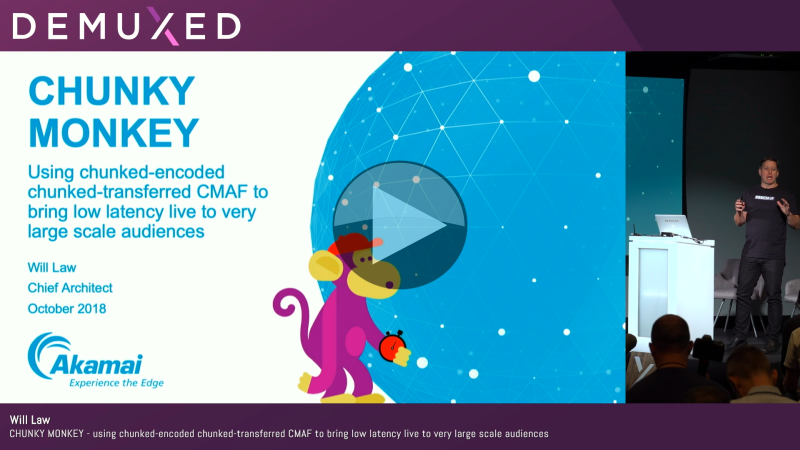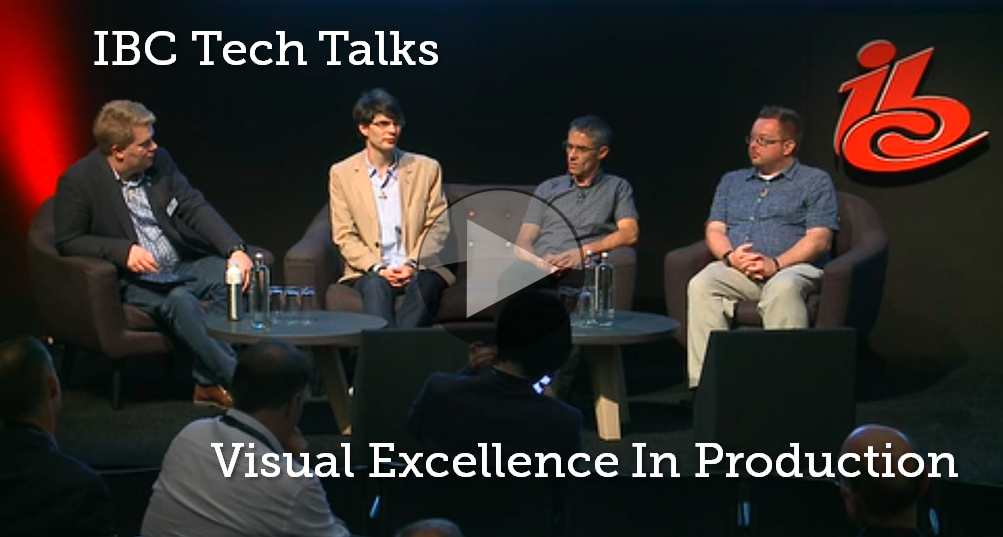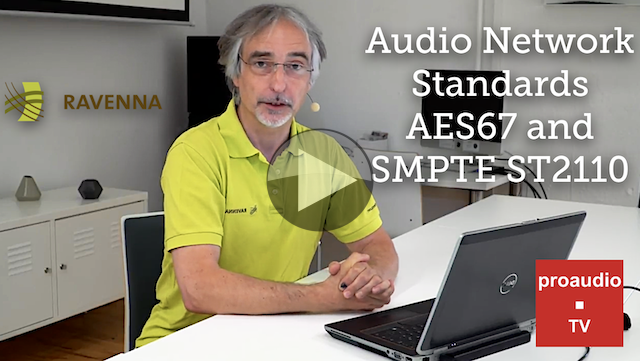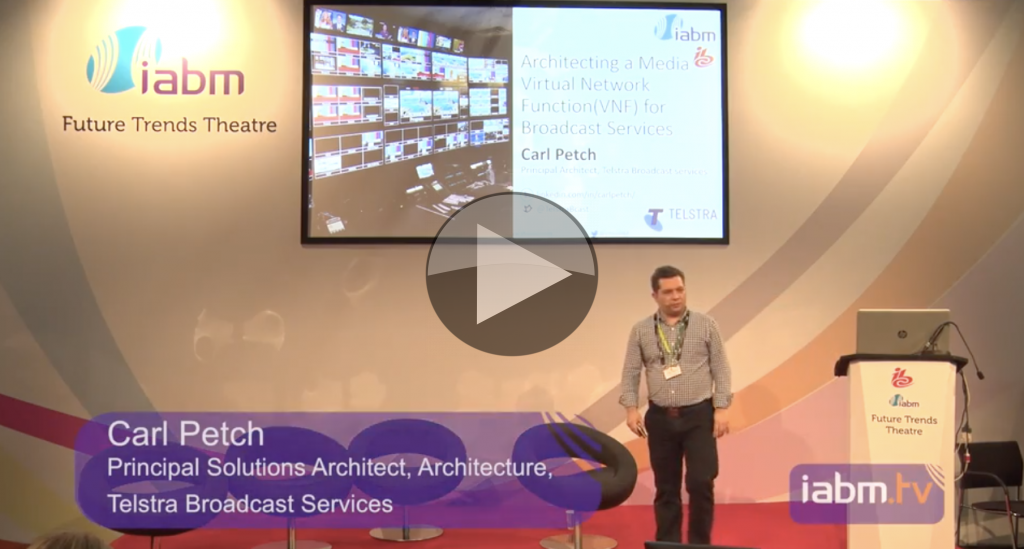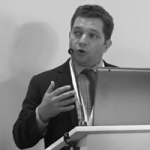Will Law from Akamai proves his chunky credentials by telling us how to achieve very low-latency streaming in his talk at Demuxed 2018.
In the jungle of solutions for low latency live streaming, there are many current options ranging from WebRTC, to proprietary UDP protocols to standard segmented media with ever-shortening segments. This session highlights one of these – chunked-encoded chunked-transferred CMAF – as an optimal and practical confluence of both reach and performance. On the technical side, we’ll investigate the underlying technology, the latency regimes possible, compatibility with legacy players, cachability on delivery networks and player behaviour requirements. Including live demonstrations of several streams on a production network. This talk looks at the standards from DVB and MPEG DASH as well as CDN support. As a sweetener, Will points you at open source code on both the encoder and player side for doing this all yourself.
Speaker:

|
Will Law Chief Architect, Media Cloud Engineering Akamai Technologies |

